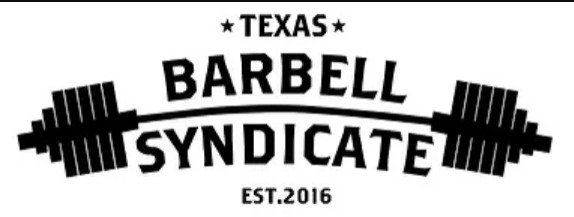Plyometrics.
This term and type of exercise has been extremely trendy, and is constantly something you see on social media outlets and at gyms across the nation. But what is this whole craze actually about, and why should you be considering plyometrics for your training cycles?
First things first - Plyometrics is most often the term used for jump training, though in truth it is a bit more complicated than that. Plyometrics (or plyos) utilize a large amount of power (strength and speed together) in a short amount of time, and often can be used to utilize maximal amounts of power relatively safely.
How does it work?
Through the manipulation of elastic energy and the stretching properties of muscle and tendons. Using the classic example of a person jumping, when the person lands from their first jump they naturally bend their knees slightly to cushion the landing. This motion of bending the knees also serves to load the muscles that are supporting the body and absorbing that shock, putting a stretch on the tendons of the muscle. Physiologically, every muscle has a reflex contraction cycle which works like this : a tendon gets stretched somehow —> the muscle tendon’s nerves send a message to the spinal cord —> a message comes from the spinal cord to the muscle and causes a strong, sudden contraction. This is how reflex hammers work at the doctor’s office, by the way — the sharp tap on the tendon is enough to stretch it and cause the reflex to take place.
Why does this matter in our discussion of jump training?
Because true plyometrics involve exploiting that reflex contraction cycle.
When the person lands and stretches the tendons of their muscles, there is an extremely short window of opportunity in which they can contract those muscles again with extra strength above and beyond their normal controllable strength. This is the spirit of plyometrics, being able to overload the muscles in order to cause gains in power by utilizing a physiological reaction.
So are jump training and plyometrics the same thing?
Not all plyometrics is jump training, as you can truthfully perform plyometric exercise for nearly any muscle group if you can figure out how to load and unload it suddenly and safely. Also, not all jump training is plyometrics. Jumps are a great example of this, as you don’t have to stretch the muscle to jump from a straight leg or sitting position. Countermovement jumps are absolutely plyometric though, due to the stretch that occurs as you sit down into your hips to achieve a higher jump.
Some jump training programs focus on the explosive power and form associated with a jump regardless of the pre-stretching that goes along with plyometric training. An example of this would be doing jumps from a kneeling or sitting position.
Why do plyos?
Plyometrics are a great way to create progress in your training, especially if you are a power athlete or are working on your overall athleticism. Plyometrics help improve your agility and ability to move quickly, change direction, stop quickly, and generate large bursts of power. Sound familiar? There are very few reasons not to do plyometrics, however if you are going to do them, you should make sure you are ready to do them safely and effectively.
Stay tuned for the next installment on plyometrics and power generation methods, where we cover how to program and use plyometrics in your training right now.
Dr. Paul Harris holds a Doctor of Chiropractic degree from Texas Chiropractic College and a Master’s of Exercise and Health Sciences from University of Houston Clear Lake. He is the owner of Delta V Chiropractic and Sports Medicine and an avid human movement specialist.





